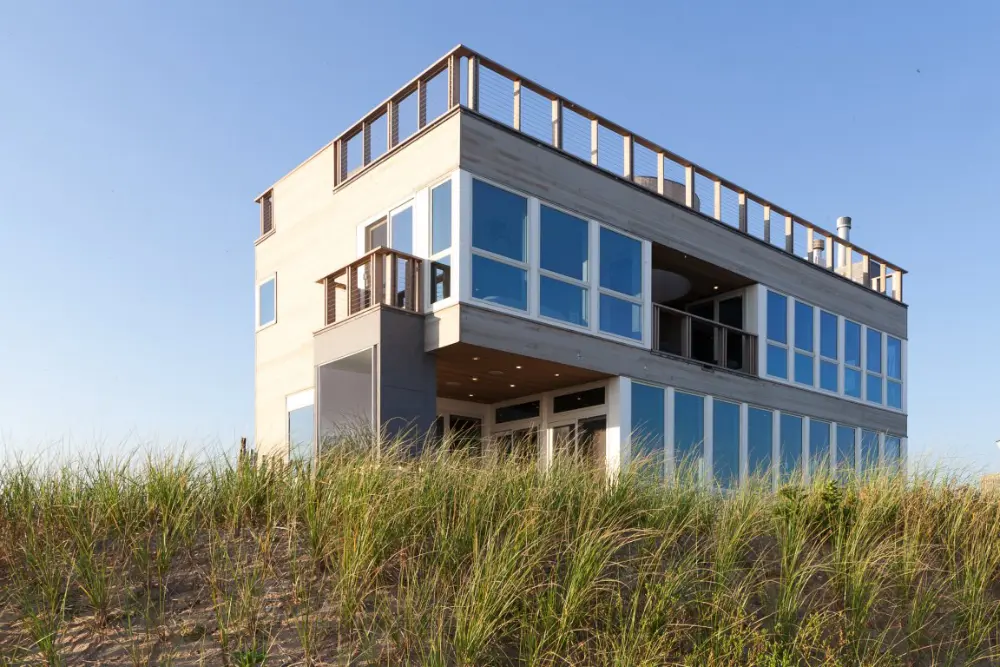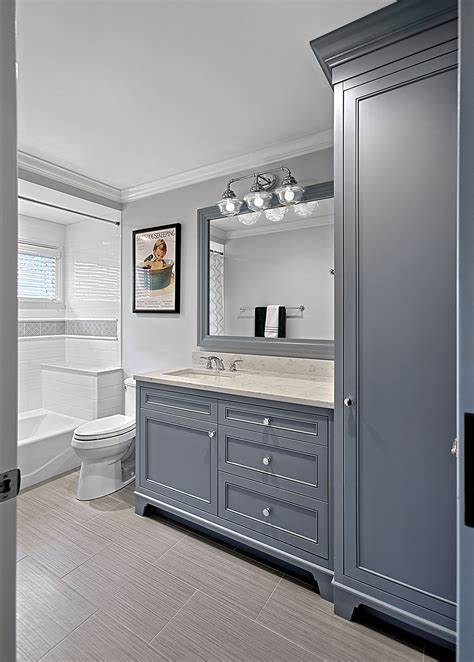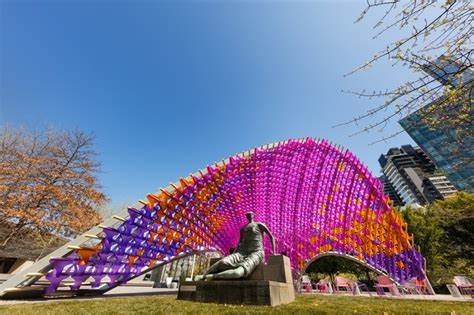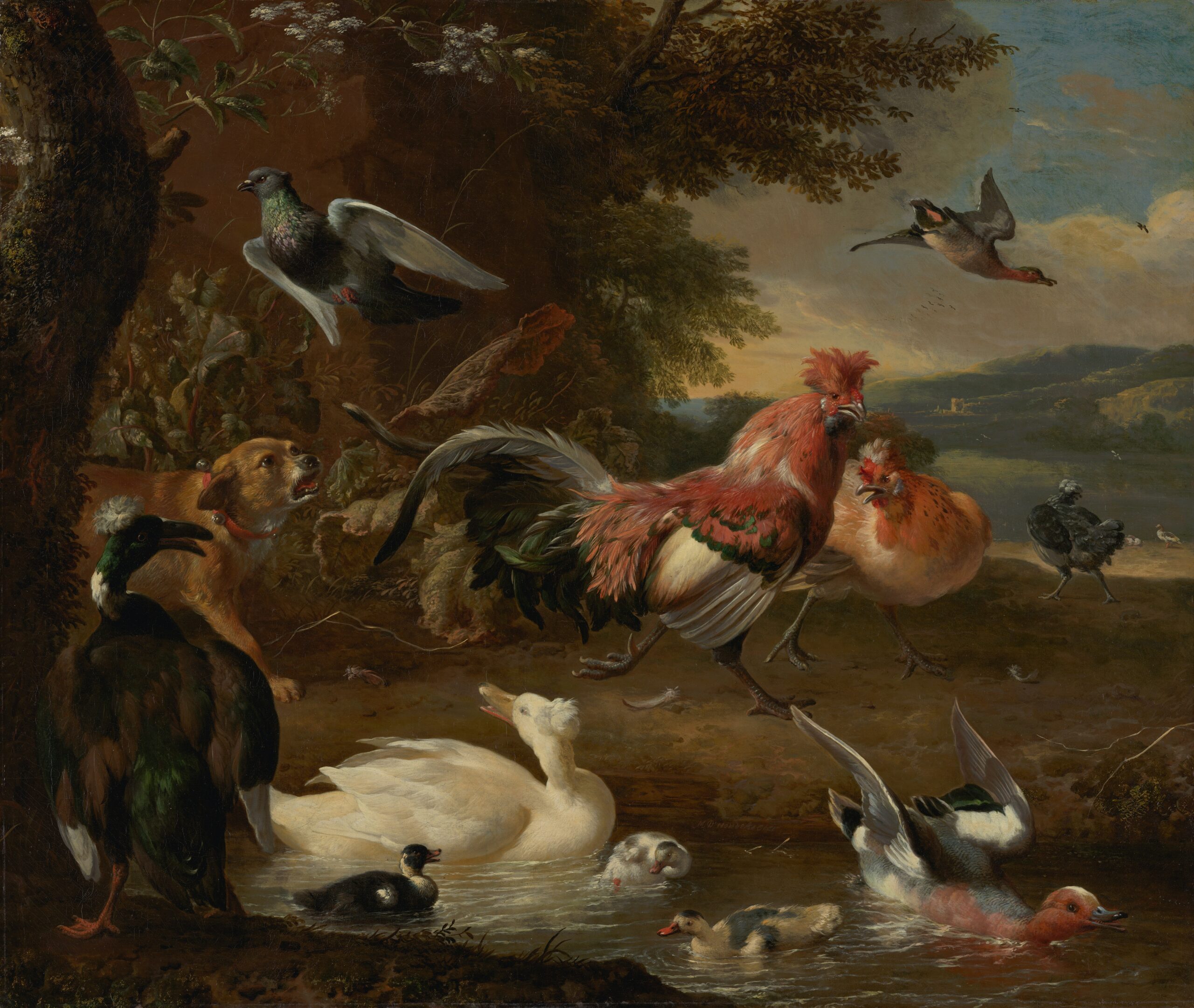Are you curious about how U.S. zoos bring authentic wildlife experiences to life? The art of zoo design and aesthetics is a fascinating world that combines the creativity of architects and artists to create immersive environments for both animals and visitors.
From stunning architectural concepts to realistic sculptures and interactive installations, zoo design and aesthetics prioritize more than just the beauty and visual appeal of the zoo. It also focuses on the well-being of the animals and the educational experiences for visitors.
In this article, we will take a closer look at the crucial role that architects and artists play in zoo design, the importance of aesthetics and environmental considerations, and the artistic elements that enhance wildlife experiences in zoos. We will also highlight some of the most iconic zoo designs in the United States and discuss the growing emphasis on sustainability and conservation in modern zoo design.
Join us as we explore the incredible art of zoo design and aesthetics and discover the future trends that will shape the zoo experiences of tomorrow.
Contents
- 1 The Role of Architects and Artists in Zoo Design
- 2 The Artistic Touch
- 3 The Collaborative Efforts of Architects and Artists
- 4 Aesthetics and Environmental Considerations in Zoo Design
- 5 The Role of Aesthetics in Zoo Design
- 6 Environmental Considerations in Zoo Design
- 7 Harmonious Integration of Aesthetics and Environmental Considerations
- 8 Enhancing Wildlife Experiences through Artistic Elements
- 9 The Power of Art
- 10 Integrating Technology
- 11 Immersive Installations
- 12 Iconic Zoo Designs in the United States
- 13 The San Diego Zoo
- 14 The Henry Doorly Zoo
- 15 The Bronx Zoo
- 16 The Zoo Miami
- 17 Sustainability and Conservation in Modern Zoo Design
- 18 Conservation Initiatives
- 19 Eco-Friendly Practices
- 20 Educational Programs
- 21 Future Trends in Zoo Design and Aesthetics
- 22 Integration of augmented reality
- 23 Focus on immersive and interactive experiences
- 24 Greater emphasis on sustainability and eco-friendliness
- 25 Integration of natural habitats
The Role of Architects and Artists in Zoo Design
Creating an immersive and authentic wildlife experience requires a highly collaborative effort between architects and artists. Architects play a crucial role in designing animal habitats that prioritize the welfare of the animals while ensuring that visitors can observe them in a safe and educational manner.
The design of a zoo must take into consideration the natural behaviors of the animals and mimic their natural habitats as closely as possible. Architects work with animal behaviorists and veterinarians to create habitats that are spacious, stimulating, and provide all the essential needs of the animals.
The Artistic Touch
In addition to the architectural aspect, artists play a crucial role in enhancing the aesthetics of the zoo. They work closely with architects to design public spaces, provide unique exhibits, and create interactive installations that engage visitors’ senses and stimulate their curiosity.
Artists bring their creative flair and unique perspective to the table, creating beautiful and engaging public spaces that complement the animal habitats. Their contribution to the zoo design creates a harmonious balance between the animals and their visitors.
The Collaborative Efforts of Architects and Artists
Architects and artists work hand-in-hand to create immersive and educational exhibits that highlight the natural beauty of wildlife. Their collaborative efforts ensure that visitors receive a holistic experience that combines art, architecture, and nature in a way that is both enjoyable and informative.
Their work ensures that visitors leave the zoo with unforgettable memories that inspire them to care for the environment and its inhabitants. The result is an incredible work of art that provides an authentic and unforgettable wildlife experience.
Aesthetics and Environmental Considerations in Zoo Design
When designing a zoo, it’s important to consider not just the aesthetic appeal, but also the environmental impact. The layout, landscaping, and overall design of a zoo can greatly affect the well-being of the animals and the enjoyment of the visitors. Therefore, it’s crucial to strike a balance between creating a beautiful and immersive experience and ensuring the animals’ comfort and safety.
The Role of Aesthetics in Zoo Design
Aesthetics play a significant role in creating a welcoming and visually appealing atmosphere in a zoo. The use of natural materials, such as wood and stone, can create a sense of harmony and balance for both animals and visitors. Additionally, incorporating lush landscaping and water features enhances the zoo’s natural appearance, making it feel like a peaceful oasis.
However, aesthetics shouldn’t compromise the animal’s well-being. For example, excessive use of concrete and steel can create a sterile environment that feels artificial and unwelcoming to animals. Additionally, loud and crowded spaces may cause stress and anxiety for the animals, which can lead to negative behaviors and decreased health.
Environmental Considerations in Zoo Design
Environmental considerations are essential in the design process of zoos. The zoo layout should provide ample space for the animals to move around freely and engage in natural behaviors. Moreover, natural habitats should be replicated in the design to create an authentic experience for the animals. This includes incorporating natural features, such as trees, caves, and rocks, and installing appropriate lighting and temperature controls.
Green initiatives should also be incorporated into the zoo’s design to promote sustainability and conservation. This can include the use of renewable energy sources such as solar panels and wind turbines, recycling programs, and water conservation efforts.
Harmonious Integration of Aesthetics and Environmental Considerations
The key to successful zoo design is harmoniously integrating aesthetics and environmental considerations. This requires a collaborative effort between architects, artists, and zookeepers to ensure that the design provides a comfortable and engaging environment for the animals while also appealing to the visitors.
By striking a balance between aesthetics and environmental considerations, zoos can create immersive and unforgettable experiences for visitors while promoting animal welfare and conservation efforts.
Enhancing Wildlife Experiences through Artistic Elements
Zoo design and aesthetics encompass more than just creating a space to house animals. The goal is to create an immersive experience that educates and inspires visitors while prioritizing the welfare of the animals. One way to achieve this goal is through the use of artistic elements in zoo design.
The Power of Art
Artistic elements play a crucial role in enhancing wildlife experiences in zoos. From intricate sculptures that accurately depict animal behavior to interactive exhibits that allow visitors to get up close and personal with the animals, art can help visitors connect with wildlife on a deeper level.
Murals and other types of visual art can help set the scene and create a more immersive experience for visitors. They not only add to the aesthetics of the zoo but also provide an educational component by showcasing the animals’ natural habitats and behaviors.
Integrating Technology
Technology is another way artistic elements are being incorporated into zoo design. Interactive exhibits, augmented reality displays, and virtual reality experiences allow visitors to engage with wildlife in new and exciting ways. For example, visitors can use virtual reality headsets to explore the Amazon rainforest or interact with a virtual tiger.
Immersive Installations
Immersive installations go beyond traditional zoo exhibits by allowing visitors to step into the animal’s world. For example, visitors can walk through an aviary and experience what it feels like to be surrounded by birds or enter a butterfly exhibit and watch as the butterflies land on their arms.
Artistic elements not only enhance the aesthetics of zoos but also provide an educational and immersive experience for visitors. From sculptures and murals to interactive exhibits and immersive installations, art is changing the way we experience wildlife in zoos.
Iconic Zoo Designs in the United States
When it comes to zoo design, the United States is home to some of the most innovative and iconic zoos in the world. These zoos not only prioritize animal welfare but also offer immersive and educational experiences for visitors. In this section, we will highlight some of the most famous and beloved zoo designs in the US.
The San Diego Zoo
The San Diego Zoo is one of the most well-known zoos in the world, attracting millions of visitors every year. Its design is unique because it’s built into the natural terrain of Balboa Park, meaning the animals have a more natural and organic environment to inhabit. The zoo is also famous for its botanical garden, which features over 700,000 plants from all over the world.
The Henry Doorly Zoo
In Omaha, Nebraska, The Henry Doorly Zoo is another iconic zoo that is well-known for its innovative design. The zoo spans over 130 acres and features some of the most incredible habitats for both animals and visitors. One of the highlights of the zoo is the Desert Dome, which is the largest indoor desert in the world. Visitors can wander through deserts from Australia, Africa, and the Americas, and see some of the rarest animals on the planet.
The Bronx Zoo
Located in the heart of New York City, the Bronx Zoo is one of the largest metropolitan zoos in the world. The zoo is known for its innovative design, which emphasizes the natural habitats of the animals. One of the most famous attractions in the zoo is the Congo Gorilla Forest, which is a massive indoor rainforest filled with rare and endangered gorillas.
The Zoo Miami
Zoo Miami is the largest zoo in Florida and is known for its innovative design and attention to detail. The zoo is divided into several zones, each representing different parts of the world. One of the most popular zones is the Amazon and Beyond exhibit, which features animals from the Amazon rainforest, including jaguars, anacondas, and capybaras. The exhibit is designed to resemble the habitats of the animals, providing a more immersive experience for visitors.
These iconic zoo designs in the United States showcase the creativity and innovation of architects and artists who have worked tirelessly to create immersive and educational environments for both animals and visitors.
Sustainability and Conservation in Modern Zoo Design
As the world becomes more aware of the environmental impact of human activity, many zoos are incorporating sustainable practices into their design and operations. This not only reduces their carbon footprint but also promotes conservation and raises awareness about pressing environmental issues.
Conservation Initiatives
Modern zoos are increasingly participating in conservation initiatives by supporting in-situ conservation efforts, which focus on preserving habitats and protecting endangered species in the wild. Zoos also engage in ex-situ conservation, where they maintain and breed endangered species to prevent extinction. These efforts contribute significantly to global conservation and raise awareness among visitors about the importance of protecting wildlife and their habitats.
Eco-Friendly Practices
Many zoos have adopted eco-friendly practices to reduce their impact on the environment. For instance, they use renewable energy sources such as solar panels and biogas to produce energy on-site. Zoos also use recycled materials for construction, implement rainwater harvesting systems, and reduce water consumption by using efficient irrigation and filtration systems. These practices reduce the carbon footprint of zoos and promote sustainable living.
Educational Programs
Modern zoos also play a critical role in educating visitors about environmental conservation. They organize programs, exhibits, and workshops that teach visitors about the impact of climate change, habitat loss, and pollution on animal populations. Zoos also provide information on how visitors can make a positive difference in their daily lives through sustainable practices such as recycling, reducing plastic use, and conserving energy. These programs are an essential part of modern zoo design and help to promote sustainability and conservation.
Future Trends in Zoo Design and Aesthetics
With changing times and evolving technology, the trend of zoo design and aesthetics is also witnessing a transformation. Here are some future trends that will shape the future of zoo experiences.
Integration of augmented reality
Augmented reality (AR) is gradually becoming popular in the zoo experience. It provides interactive digital overlays over the physical environment, adding a new dimension to the visitor experience. AR can be used to enhance the visitor’s understanding of the animal’s habitat, behavior, and ecosystem. As AR technology continues to advance in the coming years, we can expect to see it integrated more widely into zoo design and aesthetics.
Focus on immersive and interactive experiences
In an effort to promote conservation and education, many zoos are shifting their focus to immersive and interactive experiences. Zoos will incorporate technologies such as virtual reality, digital displays, and interactive exhibits to provide visitors with a more engaging and educational experience. Future zoo designs will prioritize visitor engagement, creating opportunities for meaningful interactions with animals that are both safe and enriching.
Greater emphasis on sustainability and eco-friendliness
Zoos are increasingly incorporating more sustainable and eco-friendly practices into their design and operations. From the use of solar energy to rainwater harvesting, zoos are adopting greener practices to reduce their carbon footprint. In the future, we can expect to see more innovative and sustainable practices integrated into zoo design, promoting conservation and environmental awareness.
Integration of natural habitats
Many zoos are now incorporating natural habitats for their animals, providing a more realistic and authentic experience for both animals and visitors. Zoos are recreating natural habitats, such as rainforests, deserts, and savannas, that allow visitors to observe animals in a habitat that is similar to their natural environment. In the future, we can expect to see more zoos incorporating natural habitats into their design, providing visitors with a more immersive and authentic experience.






















